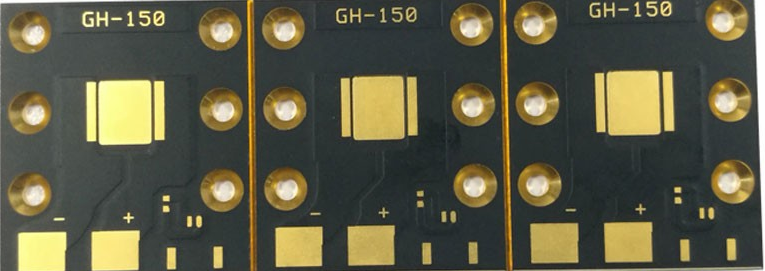One of the most important ways to prevent PCB defects is to control factory environmental conditions. If the humidity and temperature levels in the manufacturing shop are not properly controlled, very expensive components-and possibly entire assemblies-may be damaged, leading to quality problems and unnecessary costs. The environmental conditions of the PCB manufacturing workshop may be affected by the location of the factory and even the type of equipment used to manufacture the board. However, even manufacturers in the temperate regions of the world must observe and control the conditions on their floors, namely temperature and relative humidity.
Relative humidity
Humidity is measured by the "relative humidity" (RH) of the room. Relative humidity is the ratio of the partial pressure of water vapor to the equilibrium vapor pressure of water at the same temperature. In short, relative humidity is an analysis of the water vapor content in the air.

High humidity
High humidity in the PCB manufacturing environment can cause many serious problems:
Collapse: The solder paste accepts too much water and causes bridging during the reflow process.
Solder ball (or "popcorn"): Too much water is absorbed in the solder paste, resulting in poor coalescence.
Bleeding: Under the ground support, especially BGA, too much water will increase the pressure. In some cases, the lid may be blown off.
Low humidity
The flux evaporates too fast, causing the solder paste to dry out. This in turn will lead to poor template release and insufficient solder joint defects.
high temperature
As the high temperature decreases, the viscosity of the solder paste decreases. This can cause many problems: mainly sticking of the coating and collapse-in addition, it can also cause defects such as bridging and solder balls, such as drainage. High temperatures can also cause additional oxidation of the solder, which affects solderability.
Low temperature
If the temperature is too low, the paste viscosity may increase. This may cause undesirable printing behaviors, such as release and scrolling, and printing holes, where the paste is too strong to print correctly.
Acceptable range and conditions. Expert opinions vary depending on the relative humidity and temperature range. Some people suggest a wider range (35-65%, 40-70%, 20-50%), while others say that any relative humidity higher or lower than 60% may cause the aforementioned defects and life cycle problem. However, the RH series is really a matter of experience and preference-the best product for you.
The same is true for temperature, although the opinions of experts have not changed. The general consensus is that solder paste performs best within 68-78 degrees Fahrenheit (a normal human comfort zone). However, it should be noted that different solder pastes have different effects under different conditions. Depending on the product, it is always good to provide some flexibility. Certain geographic locations, such as very humid or very dry areas, may require a higher level of environmental control. However, no matter where the power plant is located, some climate control methods remain the same.
Humidity sensor: It is not only necessary to invest in a high-quality RH sensor, but also to place the sensor correctly to ensure accuracy. Otherwise, unnoticed humidity and temperature fluctuations may become large and expensive problems. It is also important that PCB factory staff should check the sensors regularly. Especially in high humidity areas, the Rh sensor is prone to failure.
Air conditioning/heating equipment: Invest in good air conditioning and heating. This is a great war. If you can effectively control the temperature, the defects caused by the temperature should be considered after the fact. Equally important is the dehumidifier, especially in high humidity areas. Nitrogen in the oven: Excessive humidity usually causes unnecessary oxidation in the solder paste. The introduction of nitrogen helps to inhibit oxidation.